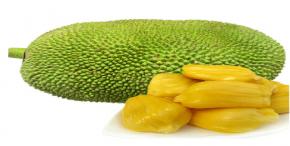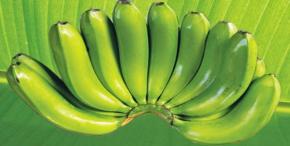Product
Mangosteen
Because of the suitable climate owing from its geographic origin, the best mangosteens are grown in Southeast Asian regions.
A known tropical fruit, it takes a great deal to successfully grow a Mangosteen tree in western countries.
Instead, most of these countries would import from mangosteen-growing regions and makes them available canned or frozen in their grocery stores and is still considered a rare produce item.
It takes 8-15 years for a mangosteen tree to bear fruits, of which why its fruits are deemed special. The rind of the mangosteen is dark purple marked by a yellowish resin.
It is eaten by first gently breaking through the skin around the middle and then pull or lightly twist the shells apart to open. Enclosed within its deep purple shells are elegantly-arranged white, soft and freshly-scented segments of its flesh.
The larger pulps contain a seed. The pulps could be simply removed from its shell by hand. They taste delicately sweet and slightly acidic with an after-taste similar to grapes or strawberries.
It is eaten by first gently breaking through the skin around the middle and then pull or lightly twist the shells apart to open. Enclosed within its deep purple shells are elegantly-arranged white, soft and freshly-scented segments of its flesh.
The larger pulps contain a seed. The pulps could be simply removed from its shell by hand. They taste delicately sweet and slightly acidic with an after-taste similar to grapes or strawberries.
Mangosteen season in Vietnam lasts around May to August, where three varieties of the fruit are cultivated and harvested, one of which is the doi mangosteen.
However, each of these varieties has its own unique quality and all are delightfully tasty. In fact, along with mango, pineapple and cherimoya, mangosteen is considered as one of the four most delicious fruits in the world.
However, each of these varieties has its own unique quality and all are delightfully tasty. In fact, along with mango, pineapple and cherimoya, mangosteen is considered as one of the four most delicious fruits in the world.
 |
Style: fresh fruit Specification
|
||||||||||||||||
 |
Style: frozen whole fruit - IQF Specification
|












